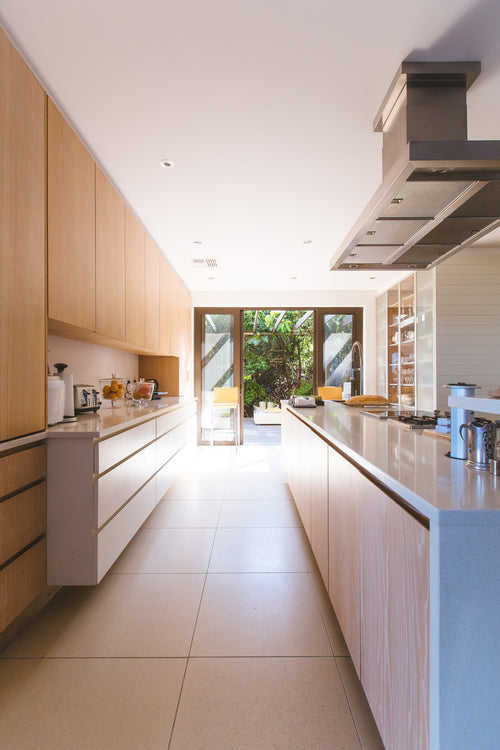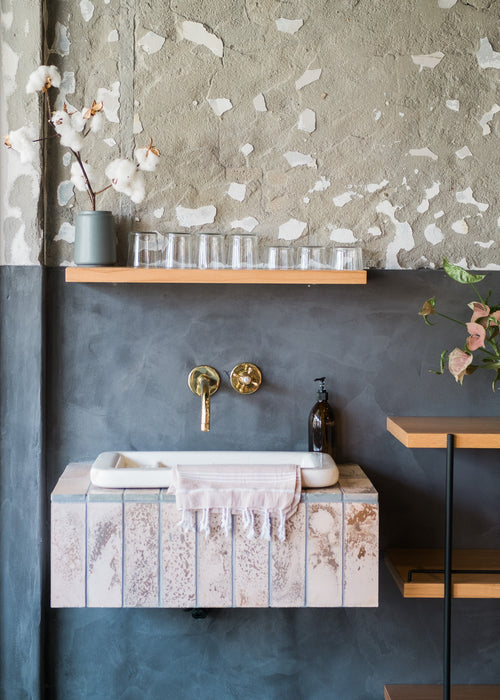HOW TO PROTECT PATIO FURNITURE AT YOUR BEACHFRONT HOME

The global outdoor furniture market brought in over $18 billion in 2019. While the options are seemingly endless for patio and outdoor furniture, owners of beachfront homes need to take special considerations when buying patio furniture and maintaining it due to the unique weather conditions the furniture will face.
We’ve prepared a short guide for all of our beachfront and coastal homeowners on the types of patio furniture material available, plus special care tips for each to prolong the life of your furniture and keep it looking beautiful.
TYPES OF PATIO FURNITURE
Manufacturers of patio furniture use several different materials with different pros and cons. Some are better suited for a beachfront property. All of them have their own unique set of issues that you need to look out for to keep them in tip-top shape.
Wood Patio Furniture
Wood furniture is an attractive option, but it should generally be avoided near the beach. Wood absorbs moisture from precipitation and the air. The moisture can cause the wood to warp and splinter.
Because oceanside properties are generally quite humid, it is best to avoid wood patio furniture unless it is teak.
Metal Patio Furniture
Depending on the type, patio furniture made of metal can be a good choice for a waterfront home. Steel and wrought iron are particularly vulnerable to rusting issues, which are made worse by humid, salty air.
Aluminum patio furniture is a better option for beach properties as it doesn't rust. It is also lightweight and easy to move, which can be helpful for off-season storage.
Plastic Patio Furniture
Plastic patio furniture is a great option for your beachfront property as it does not rust or warp. Plus, many eco-conscious manufacturers now make patio furniture out of recycled plastic.
However, the intense coastal sun can cause the colors of your plastic deck furniture to fade. UV rays break down chemical bonds, causing a bleached look in plastic furniture. However, this can easily be avoided if you know how to maintain patio furniture.
HOW TO PROTECT PATIO FURNITURE
No matter what material you choose, there are several ways to protect your patio furniture from signs of wear and damage.
-
Clean: Wiping down patio furniture regularly will clean off any dirt and debri that can stain and degrade the furniture. Additionally, you can give it a deeper clean with some biodegradable soap and a scrub brush or sponge.
-
Store: It is always a good idea to store patio furniture indoors during the off-season when it is not being used. You can also move it inside to protect it from rain and excess sunlight. If you don't want to or can’t move your pieces to an indoor or covered area, use furniture covers to protect patio furniture and fabrics from any harsh weather.
-
Protect: Using a sealer and protectant on your patio furniture can protect it from water damage, salt air, intense sun exposure and dehydration and overall signs of wear. On the hard surfaces of your furniture, apply a sealer regularly. Make sure it’s a nontoxic, odor-free and VOC free sealant to keep anyone who’s enjoying the furniture, and the environment, safe. A multi-purpose sealer can restore chalky-looking plastic, keep wood from absorbing too much water and prevent rust from forming on metal materials.
Investing in a quality set of patio furniture is the first step to ensuring it’s longevity. By implementing these considerations and tips, beachfront homeowners will be able to enjoy their patio furniture summer after summer.



